In a post-bendgate world, Apple's word is still (somehow) good enough for most
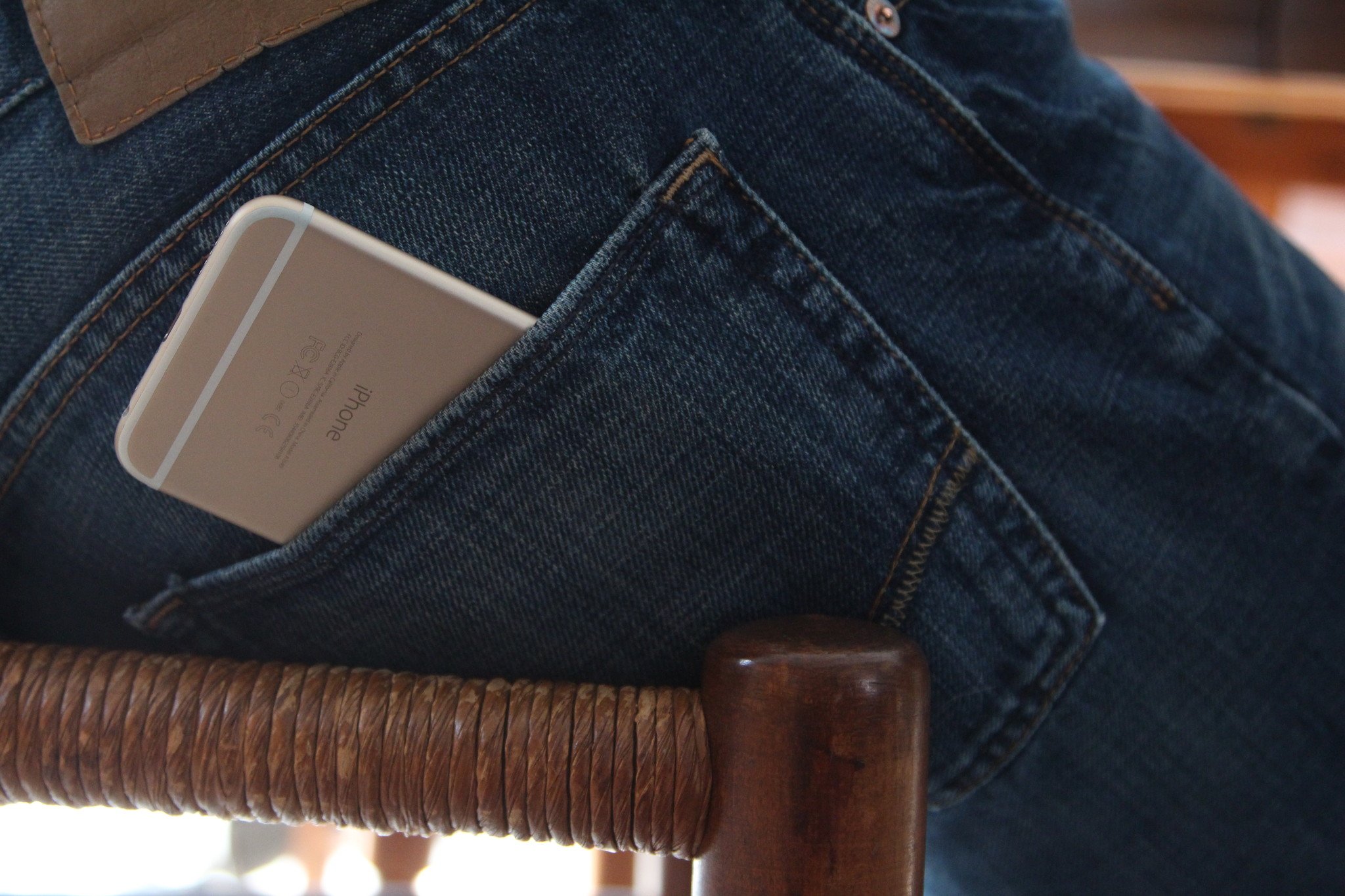
The iPhone 6 and 6 Plus has a design flaw which can cause the phone to bend unnaturally. The aluminum used in its construction was not strong enough to stand up to daily usage over a two-year period, causing slightly warped casings that eventually led to disconnections between the display and its touch connection inside the phone.
When it was first discovered, Apple played off the complaints; customers whose phones did experience this defect were harangued on social media and charged $129 to fix the issue. But thanks to internal documents made public due to a class-action lawsuit, we now know (via Vice) that Apple was aware of the problem and worked to make sure future versions of the iPhone would never have the same issues.
Why wasn't this a bigger problem? A combination of the Internet's short attention span, exaggeration on behalf of online personalities, physics, and Apple's impressive crisis management operation came together to make sure we all moved on and happily purchased the next iPhone with its sturdier body.
A self-bending prophecy
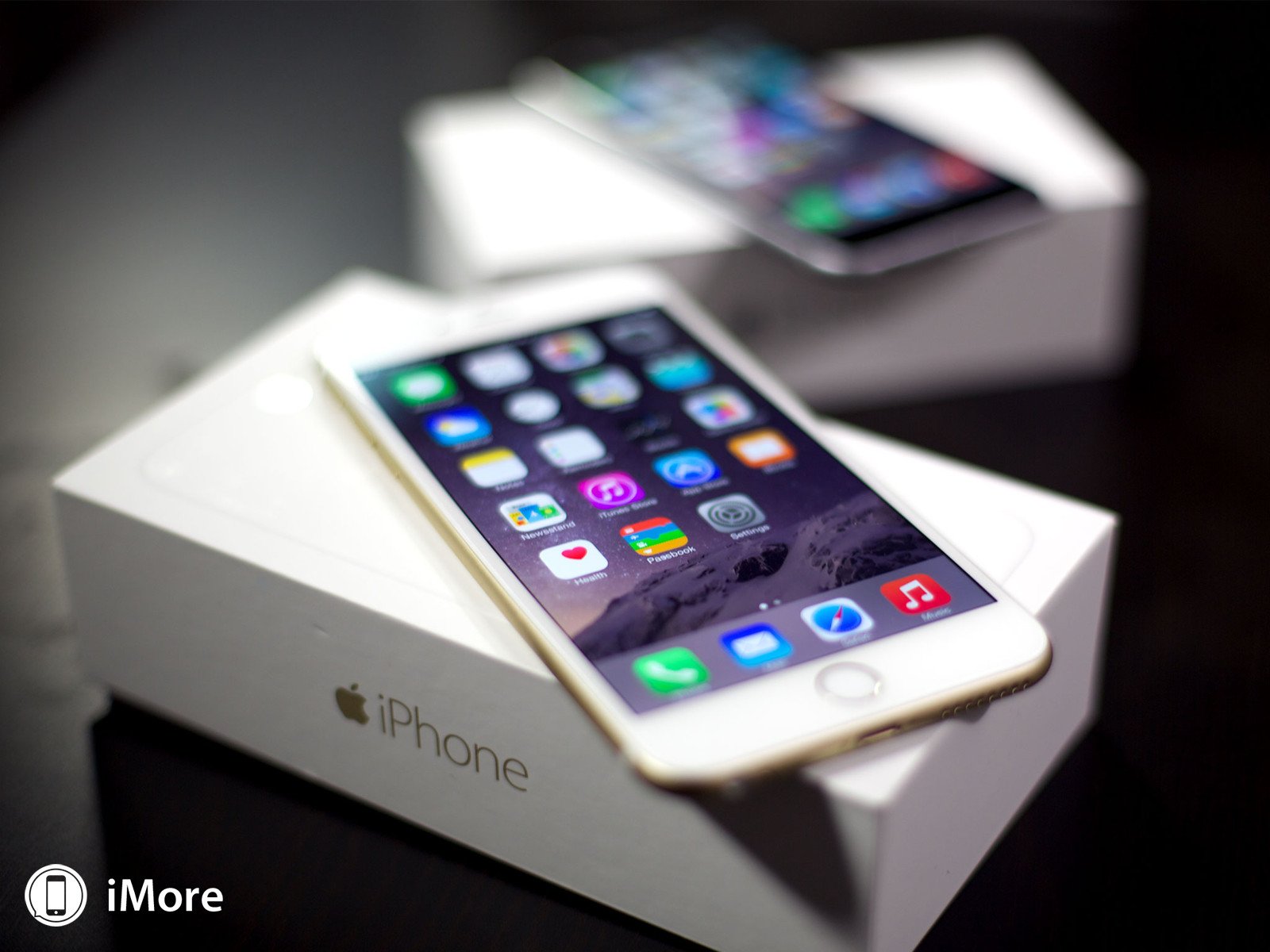
There used to be a Verizon Wireless store right down the street from my house, tucked away in a corner of an aging shopping center most folks don't visit much anymore. I loved that store on Apple launch day — there were never lines. While most of my friends waited for UPS to show up or stood for hours in front of an Apple Store, it took me just 17 minutes from the time I left my car to the time I returned to pick up my new iPhone 6. Like I do with every new phone I get, I spent the day customizing it and taking photos for the site I worked for at the time. After a couple of hours, I slid the phone in my front left pocket and hopped in the car to pick my kids up from school.

That trip is about 25 minutes, during which the phone didn't leave my pocket. My left leg is usually pressed up against the drivers-side door, so the phone was in between my leg and the door the entire time I was driving. When I got back out of the car, my boss had sent me a link to a tweet about an iPhone 6 Plus bending at the volume rocker for someone. I laughed, skimmed a related article, and set my phone down on the table.
When I finished reading, I glanced down at my phone and noticed it was not laying flat on the surface of the table. I checked, hadn't set the phone down on something, and the table itself was level. My phone was sitting unevenly, face-down, on a flat surface. I moved my phone to the glass table next to my desk to confirm, and it turned out I was right: My iPhone 6 was bent. It wasn't a huge bend, but it clearly wasn't like that when I took the phone out of the box less than six hours prior. I took some video and photographs, reached out to Apple, and reported my findings when the company didn't respond.
Inside the media maelstrom
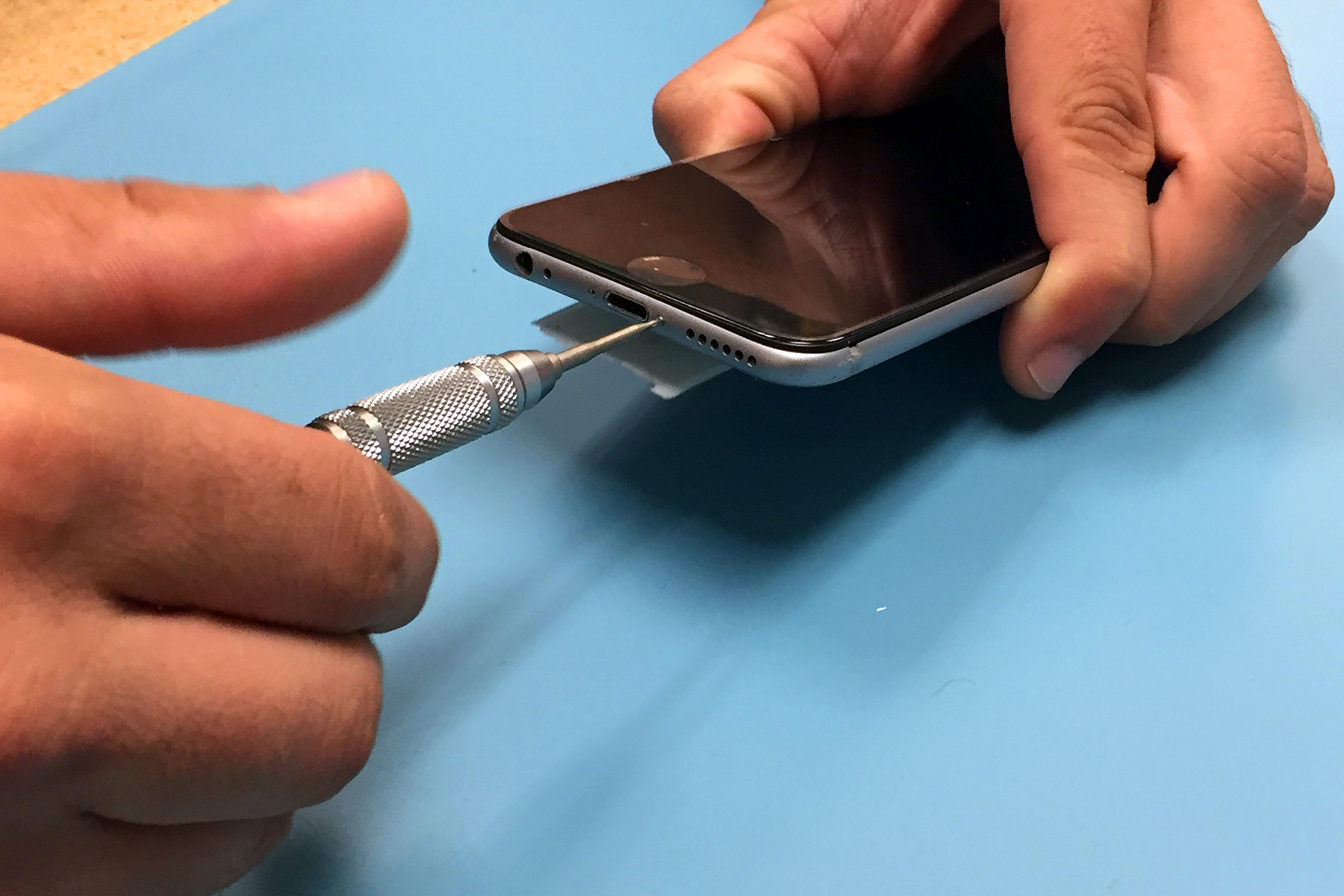
The next 24 hours were kind of wild: My Twitter feed erupted with people both in support and accusing me of poor reporting. The BBC asked me on to talk about the problem, which was kinda cool. Lots of people had questions, and I did my best to answer. Was I sure it wasn't just the table that was warped? Why didn't I have the phone in a case? Was I sure I didn't drop the phone? All perfectly reasonable things to ask, many of the same things I would ask if one of my friends were in the same situation. Apple still hadn't responded to my initial request for information, which was unusual, but it was clear the people there were probably very busy.
Master your iPhone in minutes
iMore offers spot-on advice and guidance from our team of experts, with decades of Apple device experience to lean on. Learn more with iMore!
Conversations quickly leaned to the extreme, and opinions turned dark.
Meanwhile, the tech media had become fully obsessed with #Bendgate. Some wanted to blame the users for wanting "pretty" things, and YouTube celebrities started bending iPhones live on camera for views. I found all of it absurd, and still do. The bend in my phone was almost imperceptibly slight, but it was there. It made me wonder how this phone would hold up to long-term usage, but at the same time, it seemed unlikely that it was some sort of mass epidemic where phones folded in half with the slightest pressure applied. After all, aluminum as a metal isn't perfect: If you put enough pressure on a weak joint, it's going to bend. And Apple wasn't the only company that suffered problems in this arena, either.
But physics and reality don't always mesh with social media fire and indignation. Conversations quickly leaned to the extreme, and opinions turned dark: My iPhone bent in my pocket because I was fat. I did it on purpose for attention. It was my fault the phone bent because I wasn't using it correctly. I'm no stranger to ruffling the feathers of a few techy folks with my thoughts, but the volume and intensity of these comments caught me off guard.
I even got a heads up from a friend here at Mobile Nations that a forum thread was shut down because it was basically all about insulting me, and my pals here wanted me to know they killed it as soon as they found it. I've spent a lifetime learning how to tune these sorts of things out, but even so, the messages carried on for almost a year across social media, email, and anywhere else these people could reach me.
Bending the narrative
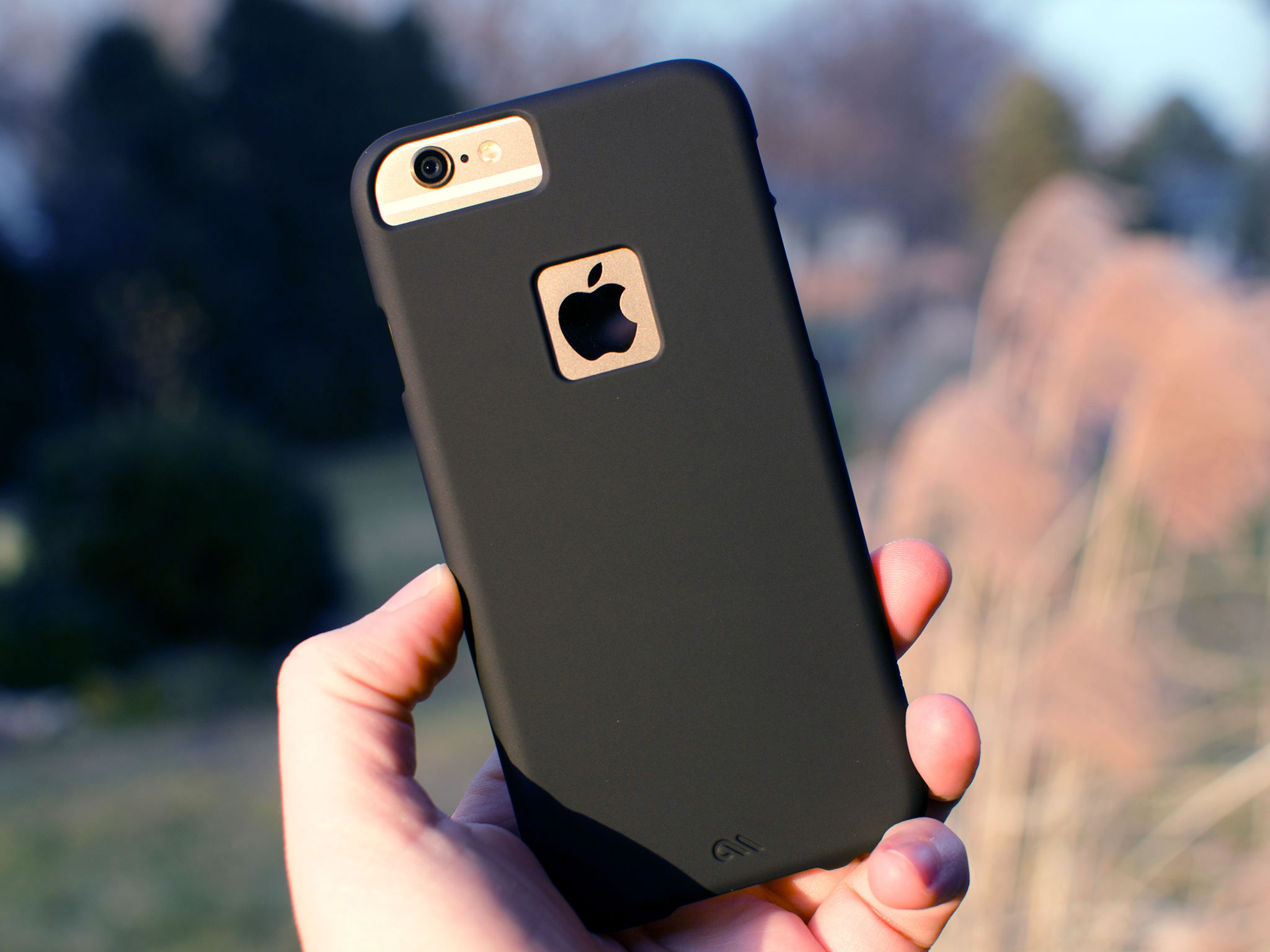
Amidst all of the media speculation, social media fire, and YouTube fury, where was Apple in all of this? The company ran its now-typical playbook for these sorts of issues: deflection, repositioning, and targeted information.
After several days of silence, the company told various media outlets that only nine people had come forward with bend issues; PR representatives also walked a handful of reporters through a stress test facility to show how Apple tested the iPhone 6 and 6 Plus for durability against other phones. In Apple's tests, the iPhone 6 was even stronger than competing phones in a few of these tests.
But based on the reports, Apple's tests didn't appear to apply pressure in the place where I experienced my own iPhone 6 warping. For all its high-quality photography and detailed explanations, the iPhone test lab didn't address the issue in any functional way — it was there to assuage the general concerns of the crowd. This was a non-issue, a classic example of people blowing an issue with an iPhone way out of proportion because Apple negativity gets clicks. This was just physics, after all.
Non-solutions to a non-issue
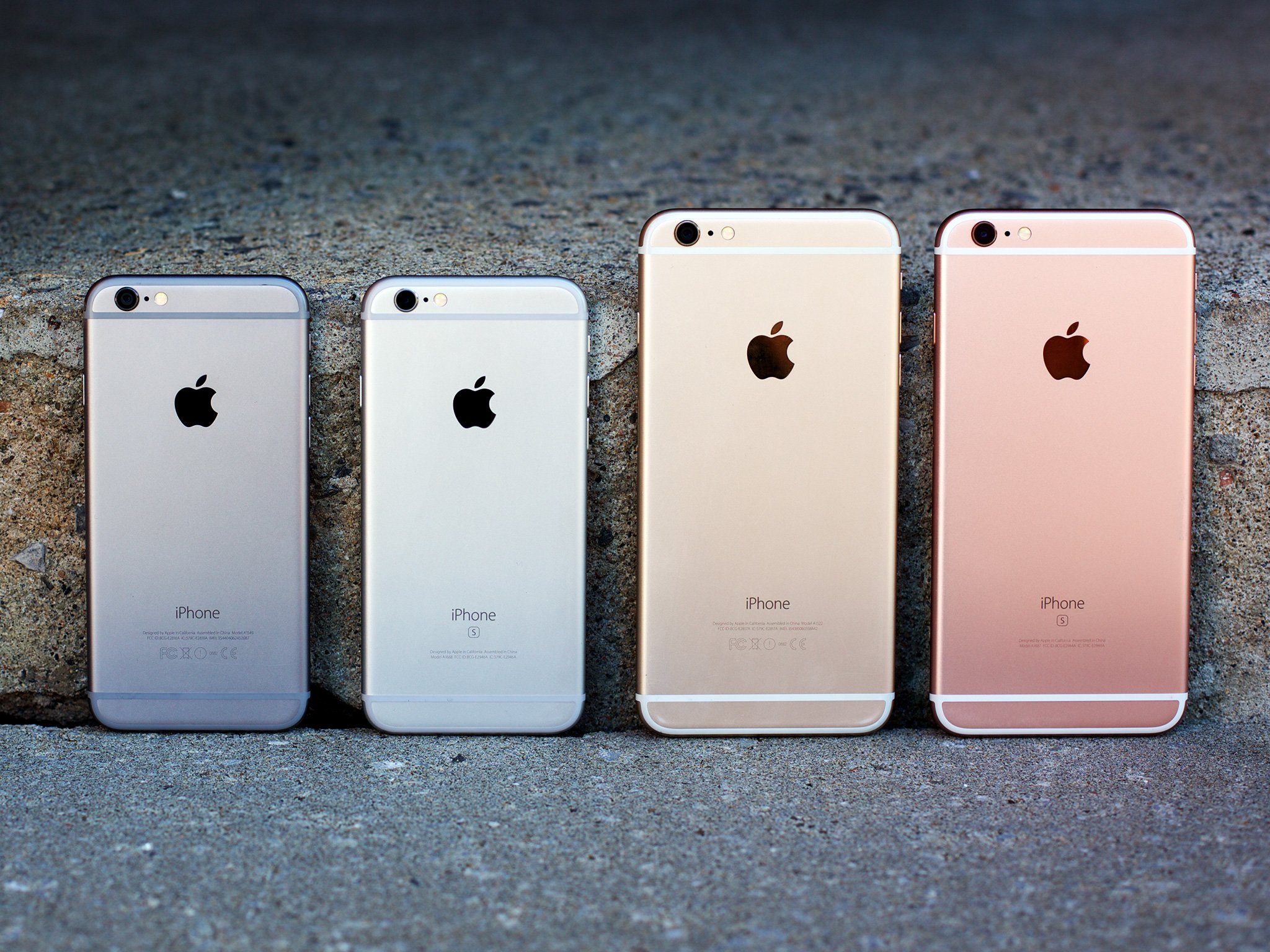
Internally, however, we now know Apple was fully aware of this problem. (Giving the company some credit, the design team immediately went to work preventing the same sort of issue in future iPhone versions.) But while we may never see another #bendgate, there's a danger in the way both Apple and the tech media have handled these sorts of narratives: By brushing off the problem publicly and providing no real relief for affected customers beyond "buy the next model,"Apple gives users little comfort that the next issue will be addressed in an appropriate manner. (We may already be seeing it with Apple's Macbook Pro keyboard issues.)
Bendgate was a stupid name for a manufacturing defect. But it wasn't a non-existent problem, and affected users deserved more.
When manufacturing as many devices as the tech sphere does, you're going to see a few defects. That's just a fact. But Apple's prominence in this space means that every YouTube and tech blogging personality wants to join the complex dance of simultaneously hyping up an issue for your attention or downplaying it as something you shouldn't worry about. In turn, this keeps Apple from commenting on it publicly for fear of making the story even bigger, and when the signal to noise ratio reaches deafening levels, people tune out and move on to the next thing. Those who suffered problems? You're doing something wrong, and your only recourse is to pay a fee or upgrade.
Throughout all of this, the users lose. We lose transparency. We lose out on knowing about internal fixes and Genius repair programs and outright recalls. We lose money as we shrug and chalk up the extra cost as just part of owning a smartphone or laptop in 2018.
Bendgate was a stupid name for a manufacturing defect. It was overhyped and drove everyone crazy. But it wasn't a non-existent problem, and affected users deserved more than a handwave and some high-quality photographs. When it takes a lawsuit to force a company to talk about an issue more than four years later, we all lose.
Because if this cycle continues, there's little evidence to suggest history won't repeat itself with a different defect, a different problem. And then we lose all over again.
Russell is a Contributing Editor at iMore. He's a passionate futurist whose trusty iPad mini is never far from reach. You can usually find him chasing the next tech trend, much to the pain of his wallet. Reach out on Twitter!


